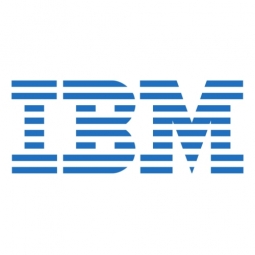IBM
Case Studies
Justice ministry enhances decision making
Overview
 |
Justice ministry enhances decision makingIBM |
Application Infrastructure & Middleware - Data Exchange & Integration Application Infrastructure & Middleware - Database Management & Storage | |
National Security & Defense | |
Business Operation | |
Process Control & Optimization Regulatory Compliance Monitoring | |
Software Design & Engineering Services System Integration | |
Operational Impact
| Streamlined judicial processes with an anticipated gain in efficiency of 30 percent once the system is fully deployed | |
| Improved judicial decisions by adding insight with automatic capture and linking of all relevant case content | |
| Reduced the chance of missing key information with a single repository for case content, no matter the source | |
Quantitative Benefit
| 30% gain in efficiency once the system is fully deployed | |


